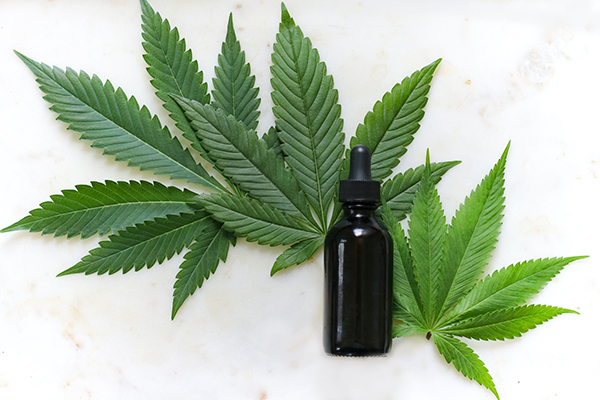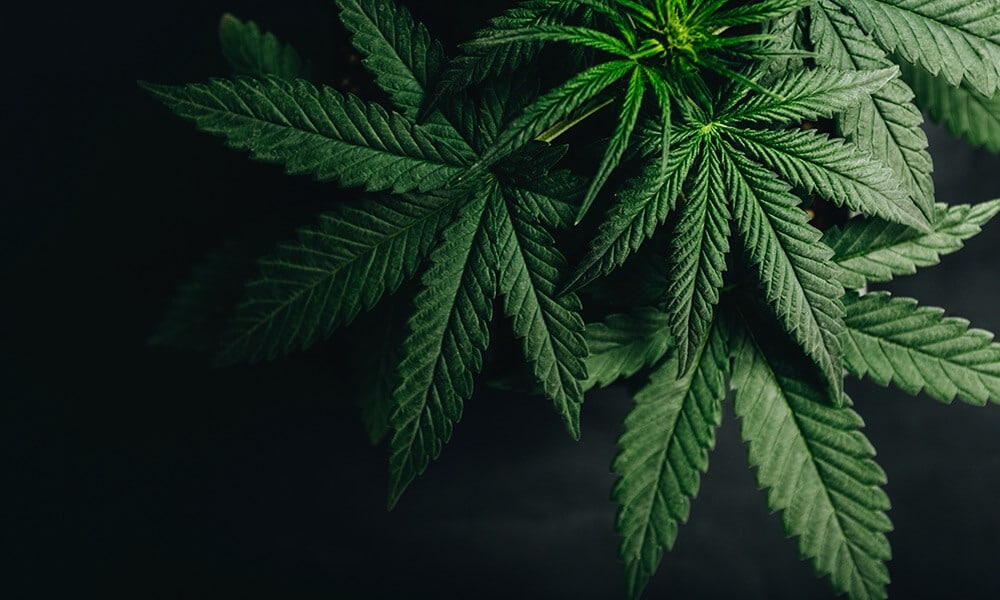In the comprehensive world of cannabis, terpenes and cannabinoids are constantly in discussion. Nature seems to have had extra in mind when it comes to cannabis plants, and everyone is inclined to cannabinoids and terpenes, which are worthy of study nowadays and are only available in the Cannabis sativa strain. If you’re contemplating the best cannabis products with maximum benefits, click here now!
These two compounds are active chemicals found in cannabis and are substantially liable for the medicinal, psychoactive, and therapeutic advantages. On the other hand, terpenes are lesser-known compounds that provide smell & flavor.
What do Cannabinoids do?
The prevalence of the 100+ familiar cannabinoids doesn’t generate the intoxicating effects of THC, but they do control how your cells interact within the endocannabinoid system. It’s vital because the endocannabinoid system controls several processes and physical functions, including appetite, reproduction, pain sensation, mood, and sleep patterns.
When cannabinoids are introduced into the body, they can provide distinct pharmacological effects based on their communication with receptors. Research has shown that cannabinoids can:
- Alleviate anxiety
- Reduce insomnia
- Control pain
- Promote appetite
- Reduce muscle cramps
- Minimize inflammation
- Reduce tumor growth
Types of Cannabinoids

- Cannabidiol – Well-known for its apparent anti-inflammatory and anxiety-alleviating properties. CBD has become highly renowned in the last decade.
- Cannabinol – It’s a metabolite form of THC. CBN doesn’t have significant intoxicating properties while seemingly assisting some users in sleeping peacefully at night.
- Cannabidiolic acid – It’s the chemical antecedent to CBD. CBDa can activate specific neutral receptors more profoundly than CBD, distinguishing it from its decarboxylated form.
- Cannabigerol – CBG was the first cannabinoid to become well-known following CBD, and it’s currently under investigation for applications in the digestive, discomfort, and antimicrobial domains.
- Cannabichromene – Experimenters believe that CBC might trigger a vital neuroreceptor even more intensely than CBD, potentially making it a robust pain-combatting mechanism.
How Do Terpenes Work?
A class of volatile hydrocarbon-based molecules known as terpenes are generated by various plants, the most commonly recognized of which is the cannabis plant. These compounds mainly provide the scent and flavor of cannabis; however, studies demonstrate they can also have intense therapeutic effects. There are about 30,000 different types of terpenes, and cannabis has 220 of them.
Terpenes integrate with different receptors, including GABA receptors, cannabinoid receptors, and adenosine receptors. Below are the examples of typical cannabis terpenes:
Myrcene – It’s one type of terpene found in cannabis, which has an earthy, spiced flavor and can be found in different fruits, essential oils, and herbs. Researches show that myrcene generates some of cannabis’ sedative effects. It reduces peripheral pain, reduces cartilage degeneration in osteoarthritis, and minimizes cell death in the lung tissue of people with lung cancer.
Limonene – It’s a citrus-scented terpene discovered in the peels of oranges and lemons. But it can also be found in cannabis, where it is thought to induce energizing effects. This type of terpene is used to cure low energy, including chronic fatigue syndrome and anxiety.
Pinene – Such terpenes have a pine-like scent. It can be found in pine trees, basil, rosemary, and cannabis plants. Identical to other terpenes, pinene has intense anti-inflammatory properties when topically applied.
Linalool – It’s common in both lavender and cannabis flowers that emit a sweet floral aroma in some cannabis strains. This terpene type is responsible for anxiety-minimizing effects. Identical to myrcene, this terpene has both sedative and pain-alleviating properties.
Eucalyptol – It provides a minty aroma and a cooling effect. Due to the presence of eucalyptol in cannabis, users get a refreshing taste.
Conclusion
Although terpenes and cannabinoids are distinct from one another, they nevertheless collaborate to control the general impact of cannabis. Users of cannabis gain significantly from this “teamwork,” which is also an intriguing field for future investigation.





